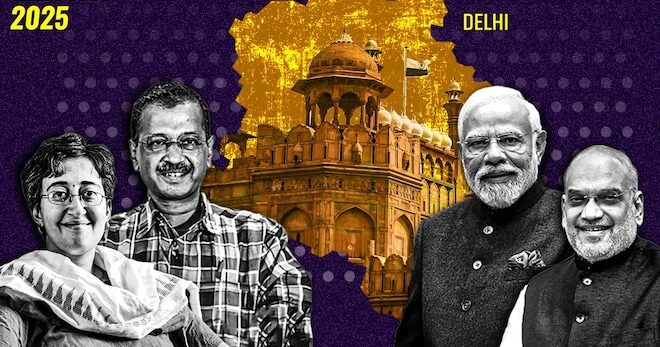RBI Cuts Repo Rate to 6.25%, Projects 6.7% FY26 GDP Growth
In a decisive move aimed at stimulating economic activity, the Reserve Bank of India (RBI) has announced a reduction in the repo rate by 25 basis points, bringing it down to 6.25%. This marks the latest step in a series of adjustments by the central bank as it navigates India’s economic challenges while fostering growth. Additionally, the RBI has projected an ambitious GDP growth rate of 6.7% for the financial year 2025-26, signaling a strong recovery despite global uncertainties.

Repo Rate Cut: A Strategic Move to Boost Growth
The decision to lower the repo rate comes amid a mix of global economic pressures and domestic factors that have impacted India’s growth trajectory. By reducing the key interest rate, the RBI seeks to make borrowing cheaper for businesses and individuals. This is expected to spur investments, improve liquidity in the market, and enhance consumer spending. In essence, a lower repo rate is a tool designed to stimulate demand and economic activity, which is crucial to ensuring a steady recovery.
The repo rate, which is the rate at which commercial banks borrow from the RBI, plays a vital role in the broader monetary policy framework. Lowering this rate can have a cascading effect on the entire economy, impacting everything from loans for businesses to home and car loans for individuals. By easing the cost of borrowing, the RBI aims to inject much-needed momentum into India’s recovery, which has been hampered by various challenges, including high inflation, supply chain disruptions, and global economic slowdowns.
This move also aligns with the central bank’s commitment to ensuring price stability while supporting growth. Although inflation remains a critical concern, the RBI has projected that inflation will remain within target levels, thereby providing the necessary flexibility to focus on growth. The lower repo rate is expected to fuel domestic demand, which is essential for propelling the economy forward.
Economic Growth Projections for FY26
Looking ahead, the RBI has set its sights on an optimistic 6.7% GDP growth rate for FY26, despite the complex global and domestic environment. This projection indicates the RBI’s confidence in the country’s ability to weather economic headwinds and emerge stronger. The growth forecast also reflects India’s resilience, as the country stands poised to benefit from various structural reforms, increased government spending, and robust private sector activity.
One of the key drivers of this growth projection is the ongoing push for infrastructural development. The government’s focus on expanding infrastructure, including roads, railways, and digital connectivity, is expected to lay a strong foundation for long-term growth. Moreover, increased foreign direct investment (FDI) and a growing digital economy are also expected to contribute to the overall growth in the coming years.
The RBI’s projections underscore the optimism surrounding India’s potential to rebound from recent economic slowdowns. It is important to note, however, that the global landscape remains volatile, with factors such as geopolitical tensions, inflationary pressures in major economies, and fluctuations in energy prices posing risks to global growth. The RBI’s projections are based on the assumption that these global factors will stabilize, allowing India to continue its growth momentum.
Inflation and Financial Stability
Inflation continues to be a key challenge for policymakers, and while the RBI’s repo rate cut signals a focus on growth, it is also committed to maintaining price stability. As per the RBI’s latest assessment, inflation is expected to moderate in the coming months, aided by softer food prices and improved supply chain conditions. However, the central bank will continue to monitor inflationary pressures, especially in light of volatile global energy prices and the potential for higher commodity costs.
Furthermore, the RBI has reaffirmed its commitment to financial stability, ensuring that monetary policy remains aligned with the broader economic needs. By keeping an eye on global developments and domestic economic indicators, the central bank aims to navigate the complexities of India’s evolving economic landscape while ensuring that inflationary pressures do not hinder growth.
Conclusion
The RBI’s decision to cut the repo rate to 6.25% and its optimistic GDP growth projection for FY26 highlight its commitment to fostering economic recovery and long-term growth. By making borrowing cheaper and injecting liquidity into the economy, the RBI aims to stimulate demand and set the stage for a sustainable recovery. While challenges such as inflation and global economic uncertainties remain, India’s strong fundamentals, coupled with the RBI’s prudent monetary policy, position the country for a resilient future. As the economy navigates these hurdles, the coming years hold promise for continued growth and stability.




